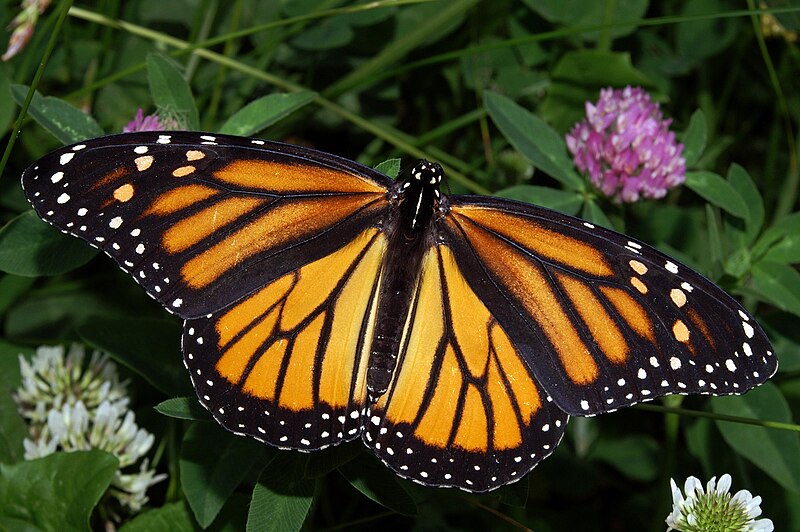
From “Mystery of Monarch Butterfly Migration Takes New Turn” (ScienceDaily, May 31, 2012), we learn,
During the fall, hundreds of millions of monarch butterflies living in eastern North America fly up to 1,500 miles to the volcanic forests of Mexico to spend the winter, while monarchs west of the Rocky Mountains fly to the California coast. The phenomenon is both spectacular and mysterious: How do the insects learn these particular routes and why do they stick to them?
Recent research suggests that the trigger is not genetic. And may be environmental.
“Our data gives the strongest signal yet that the eastern and western monarchs belong to a single genetic population,” says Emory biologist Jaap de Roode, who led the research. “This distinction is important to help us better understand the behavior of the organism, and to conserve the monarch flyways.”
“We know there is no learning component for the butterflies, because each migration is separated by two to three generations,” Pierce says. “To me, that makes the problem even more interesting. How can these small, delicate animals travel thousands of kilometers and arrive at the same destination as their great-great grandparents?”
No Darwin myths have been overworked in the making of this media release, so we are addressing interesting questions without distracting noise.
See also: Why some people think that Monarch butterflies showevidence of design
Note:
The monarch butterfly migration has been called an endangered phenomenon, due to the loss of habitat along the routes. The Mexican overwintering sites, located in the Trans-Mexican Volcanic Belt region northwest of Mexico City, particularly suffer from deforestation. Drug trafficking in the region has decimated eco-tourism and hampered efforts to protect the trees.
Give your local drug trafficker a long stretch, will you?